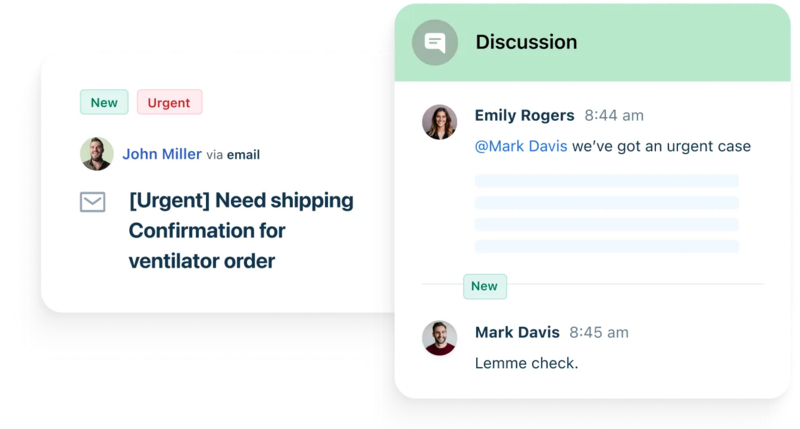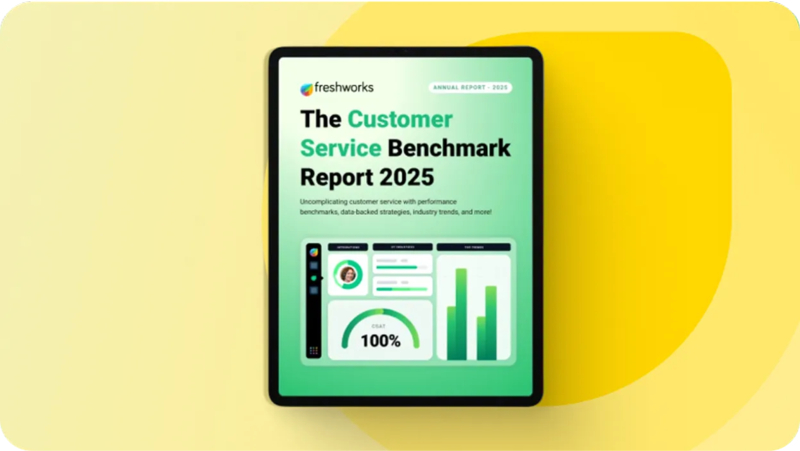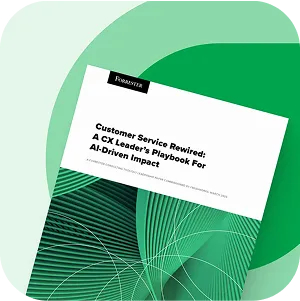Uncomplicate your IT and customer service
Freshworks provides enterprise-grade, AI-assisted service software to deliver exceptional customer and employee experiences.





















Powerful solutions to unlock loyalty, efficiency, and growth


Designed for ease, built for value
Faster implementation. Better ROI. Totally transparent costs. Freshworks delivers enterprise-grade performance without the enterprise-level complexity.Looking for higher satisfaction scores? Solve more customer and employee issues, more quickly and easily. People love that.
Agentic AI gives users the freedom to find, fix, and finish their issues with a click.
AI agents cut the number of tickets to solve; you cut your resolution time, and boost productivity.
Advanced ticketing, automation, and built-in AI. Better, faster service has arrived.
Join 73,000+ companies uncomplicating service delivery
View all customer stories"Automation was one of the driving factors in the selection of Freshservice."
Get the insights you need


Get started with Freshworks
Free to try. Fast to scale.
Take better customer and employee experience for a spin with a free trial of Freshdesk or Freshservice. No credit card required.
See rapid impact in action
Let our product experts show you how Freshworks can solve your specific challenges. Get a personalized walkthrough tailored to your needs.
Learn, explore, get inspired
Explore our library of case studies, product tours, webinars and insights.



